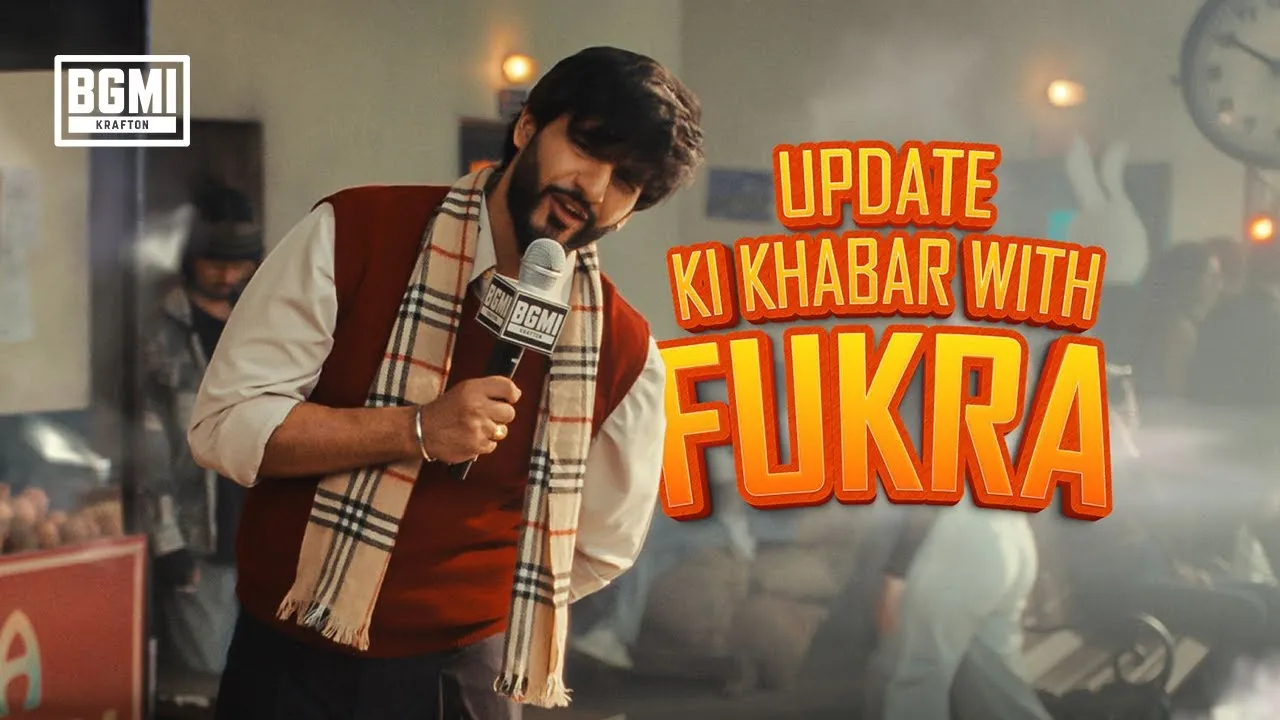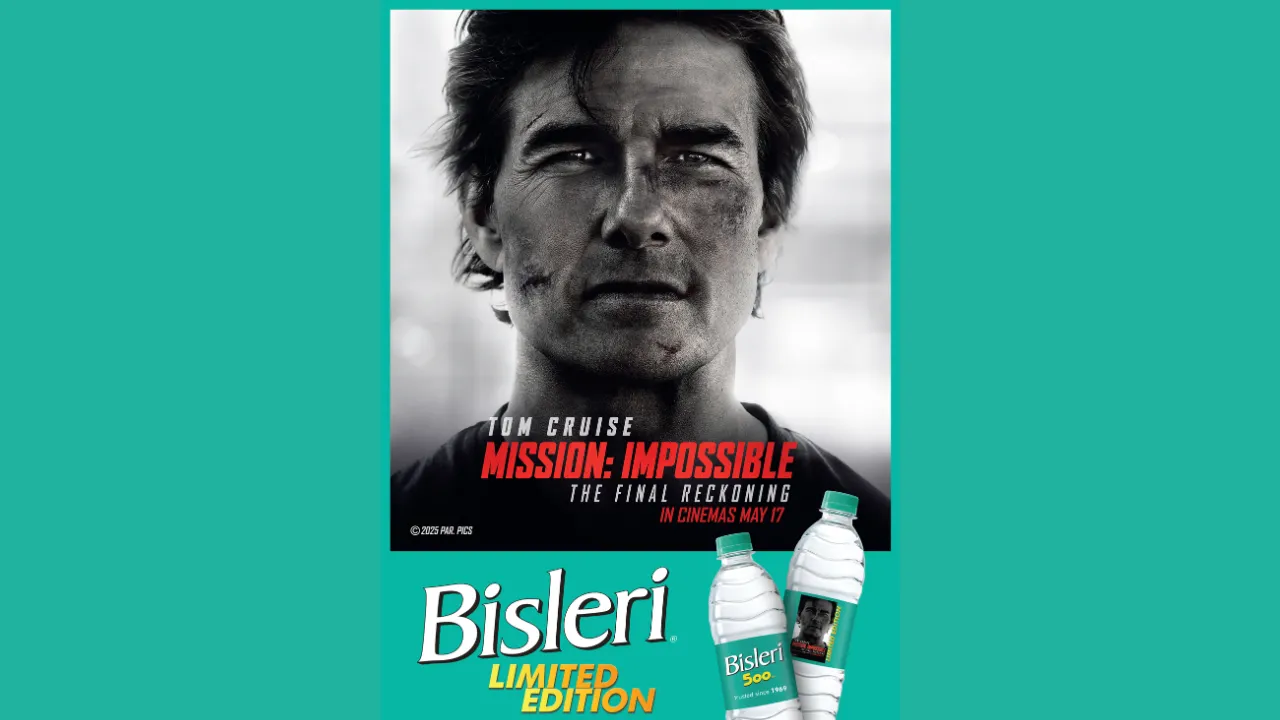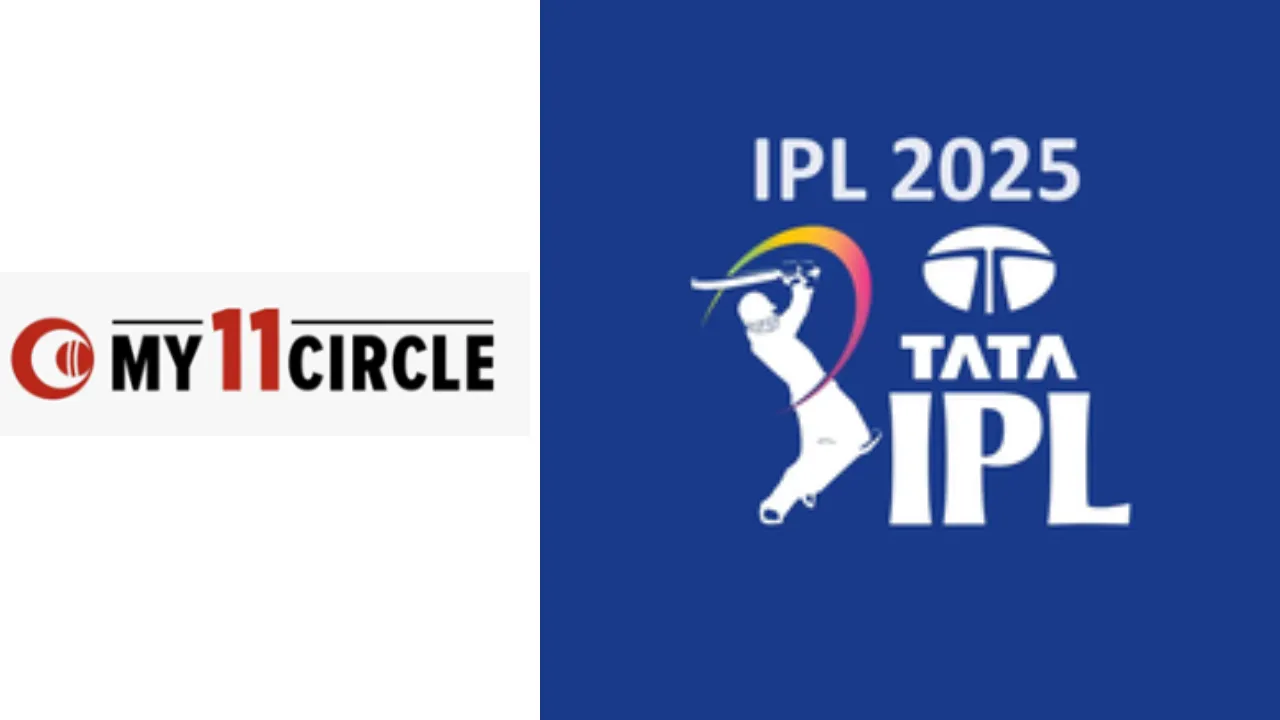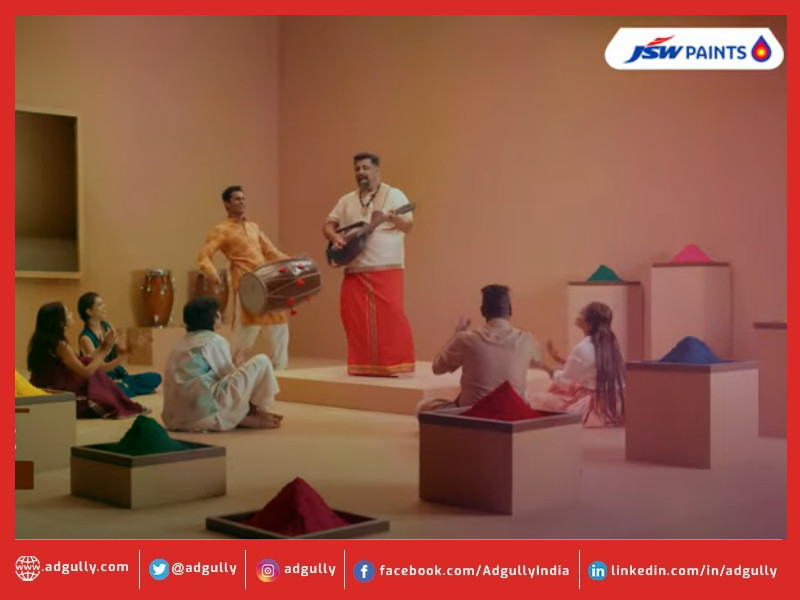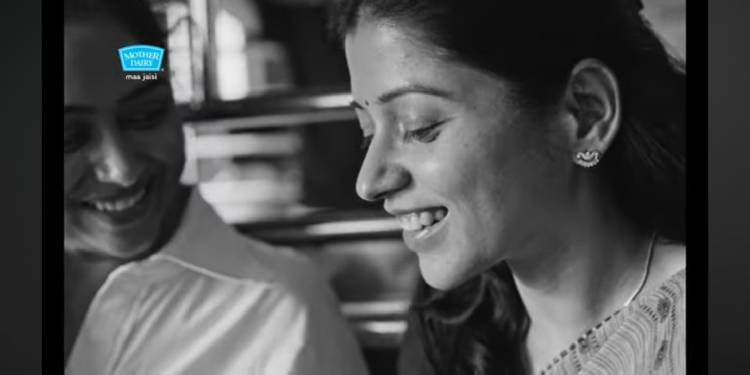Watching Sourav Ganguly audition as a police officer for Khakee: The Bengal Chapter, a gripping political and action drama that premiered last month, was not just an amusing spectacle—it also underlined a significant shift in the entertainment industry: the rising importance of inventive marketing.
In today’s hyper-competitive entertainment landscape, where countless shows and films battle for the audience’s limited attention, promotion has become as crucial as the production itself. Without strong, innovative marketing, even the most compelling stories risk getting buried under the constant influx of content.
Take, for instance, Netflix India’s imaginative campaigns: transforming the iconic Howrah Mail into a moving art installation traversing Mumbai and Howrah, or bringing Kolkata’s famous yellow taxis to Mumbai’s bustling streets, parking them at landmark locations like Marine Drive and Gateway of India. These stunts were more than attention-grabbers—they were crafted to build a sensory, emotional bridge between the story’s roots and a pan-India audience.
This level of creative marketing isn’t new to Netflix. Last year, in the run-up to the launch of The Archies—an Indian take on the beloved American comic—the platform orchestrated a massive marketing blitzkrieg. It forged partnerships with a wide range of brands like Starbucks, WhatsApp, Tinder, boAt, and Vistara, ensuring that the title was omnipresent in the daily lives of its target audience.
To delve deeper into Netflix India’s evolving marketing playbook, afaqs! sat down for a conversation with Srivats TS, Chief Marketing Officer, Netflix India. Here are excerpts from the edited interaction:
How do the IPs’ storylines and narratives influence the marketing strategies around them?
Srivats explained that every storyline on Netflix demands a distinct and immersive marketing approach. Rather than applying a generic strategy, the marketing team at Netflix tailors each campaign to reflect the title’s unique identity, tone, and emotional core.
For instance, with Khakee: The Bengal Chapter, the marketing hinged on the intense cop-versus-system narrative. The tagline “To fix the system, break the system” wasn’t just catchy—it resonated deeply with the show’s themes of justice, power, and rebellion.
The campaign was carefully constructed to mirror the show’s gritty and gripping structure. Every marketing element, from trailers to installations, was crafted to echo the high-stakes, adrenaline-charged world of the series.
Importantly, to root the narrative firmly in Bengal while simultaneously appealing to a national audience, Netflix brought in none other than Sourav Ganguly—the “Bengal Tiger” and a beloved national icon. Ganguly’s association wasn’t mere celebrity endorsement; it lent authenticity, emotional heft, and larger-than-life appeal to the campaign, making it feel personal, rooted, and expansive all at once.
When the show’s promos initially dropped, some audiences mistook it for a regional show. How did you reposition it as a national title?
Srivats acknowledged that the initial perception stemmed from the show’s unmistakable Bengal setting and tonality. However, Netflix never saw this as a limitation—instead, they viewed it as a strength.
While the setting was rooted in Bengal, the storytelling, themes of corruption, heroism, and systemic struggle, were universal and deeply relatable to audiences across India—and even beyond.
To tackle the perception head-on, Netflix adopted a dual-pronged strategy. For Bengali-speaking viewers, the focus was on celebrating the hyperlocal authenticity of the show. Simultaneously, for a national audience, the emphasis shifted to the broader drama, high-octane action, and the universal emotional arcs.
By executing a 360-degree campaign—spanning digital, outdoor, television, and on-ground activations—Netflix ensured that Khakee: The Bengal Chapter was seen as a pan-Indian title, without losing its local soul.
How do Netflix’s promotional strategies differ for commercial films like Nadaaniyaan versus original IPs like Khakee or Dabba Cartel?
Srivats elaborated that Netflix’s promotional strategies are never “one-size-fits-all.” Every campaign is custom-built to align with the story being told, the emotions it stirs, and the type of fandom Netflix seeks to build around it.
Rather than marketing by broad genre labels, Netflix focuses on the deeper emotional undercurrents: is the story aspirational, thrilling, nostalgic, romantic, or rebellious? These emotions dictate the creative marketing lens.
For a title like Nadaaniyaan, which leans into humor and light-heartedness, the campaign might focus on relatability, warmth, and fun interactions. In contrast, for IPs like Khakee or Dabba Cartel, the marketing is more intense, narrative-driven, and layered, drawing viewers into the world-building even before the title premieres.
Srivats pointed out that pre-launch efforts usually center on building anticipation—sparking curiosity, intrigue, and excitement. Post-launch marketing, however, is designed to reflect and amplify audience conversations, leveraging early fan reactions, memes, reviews, and organic buzz to sustain momentum.
With OTT platforms fiercely competing for original content dominance, what is Netflix’s core marketing philosophy for originals versus acquired titles?
Netflix’s marketing philosophy revolves around nurturing and fueling fandom, not just around individual titles but around storytelling as a whole.
For original films and series, Netflix invests heavily in world-building—immersing audiences in the universe of the story, building rich, layered narratives even outside the actual content, and seeding cultural conversations that make the title feel like an event.
Srivats emphasized that the goal is to allow every original story to find its natural audience, giving it space to breathe and grow. The marketing efforts are meticulously crafted to create anticipation, emotional investment, and loyalty among viewers.
For licensed or acquired titles, the approach shifts slightly. Here, Netflix leverages the existing brand awareness and conversations around the content, positioning itself as the best destination where audiences can revisit or newly discover these titles.
In essence, whether it’s an original IP or a licensed show, the underlying principle remains the same: deeply understanding the audience, respecting the emotional journey of the story, and creating marketing that sparks meaningful cultural conversations, long after the first viewing.
Video:
Author: Janvi Joshi
